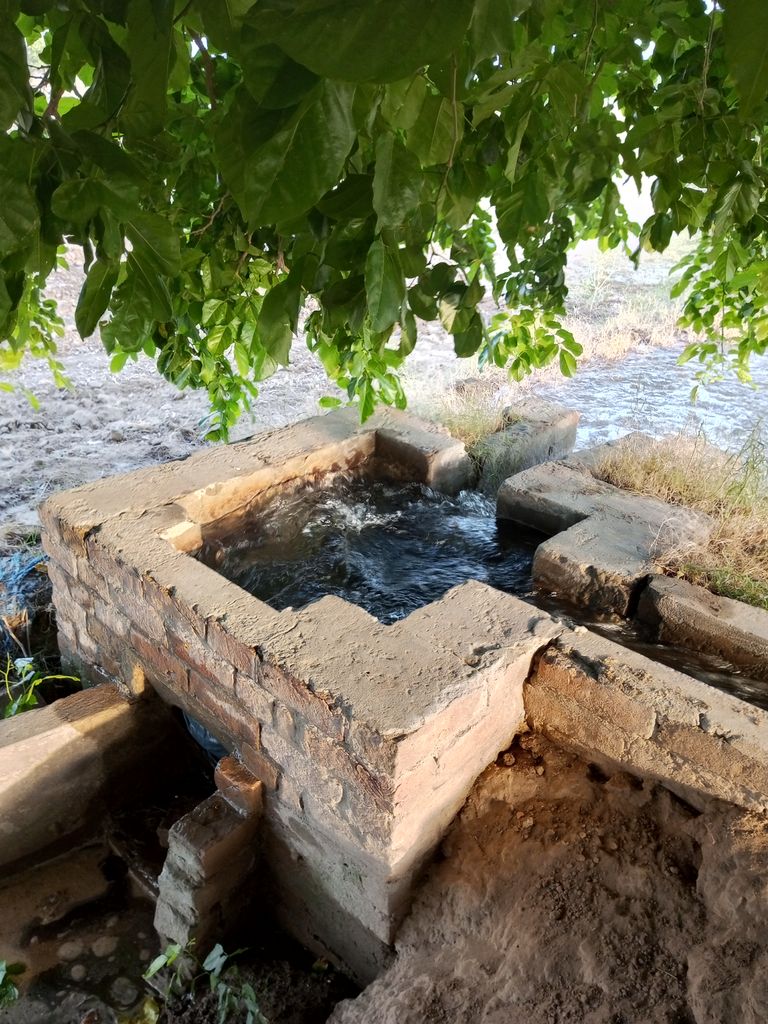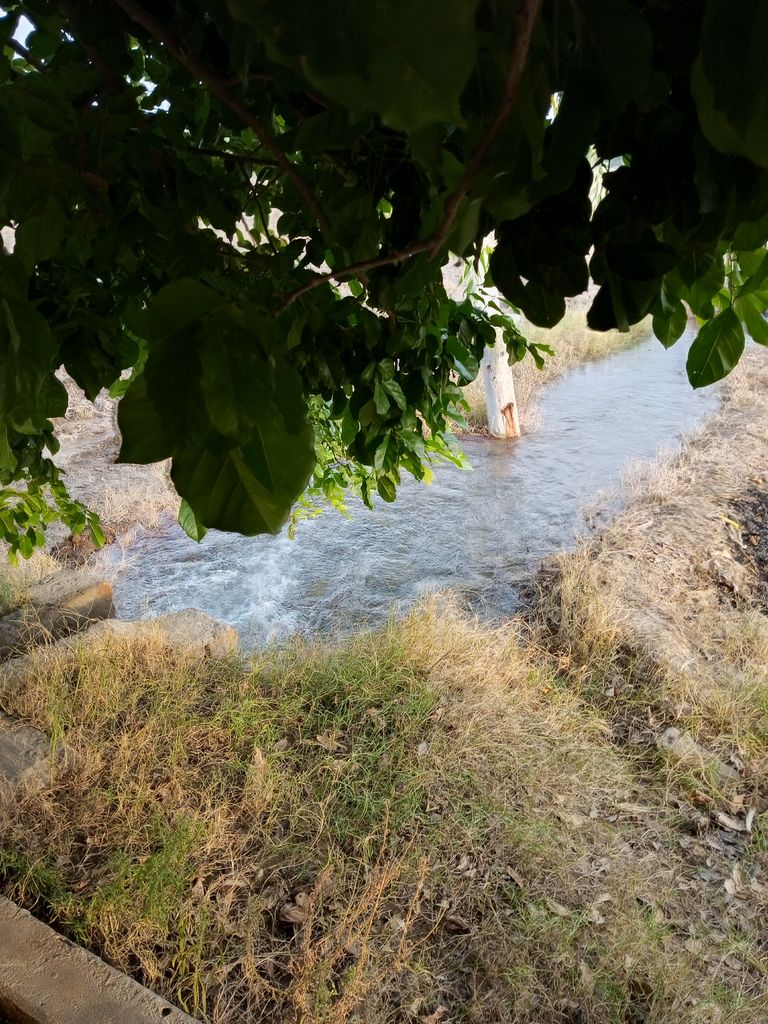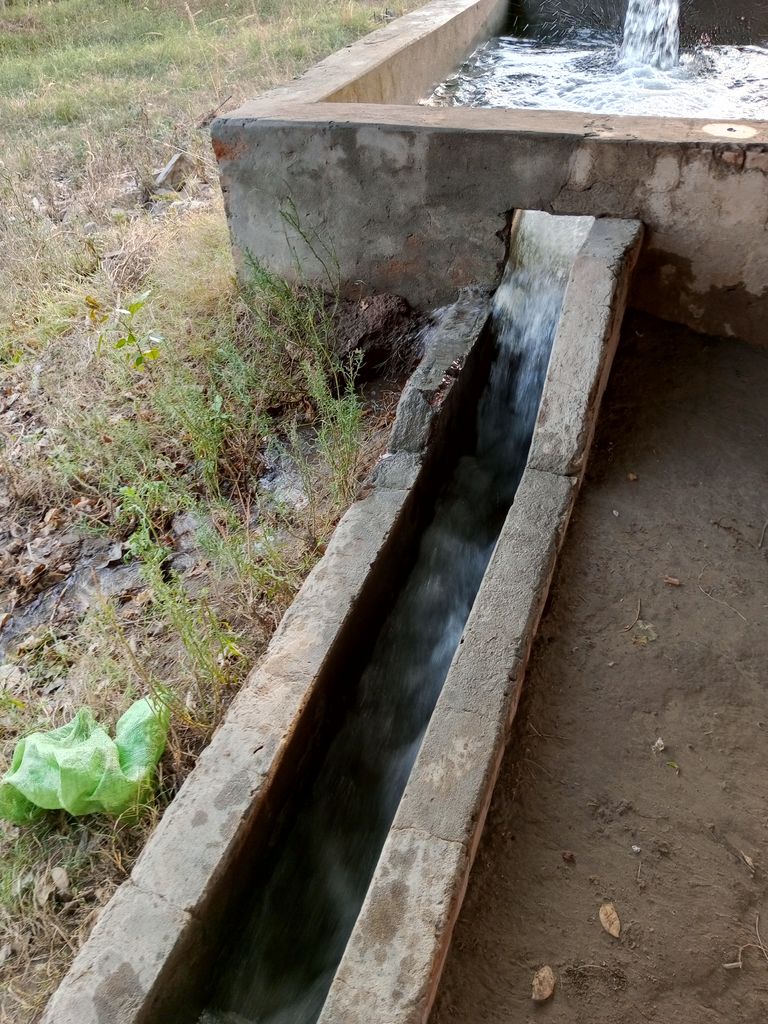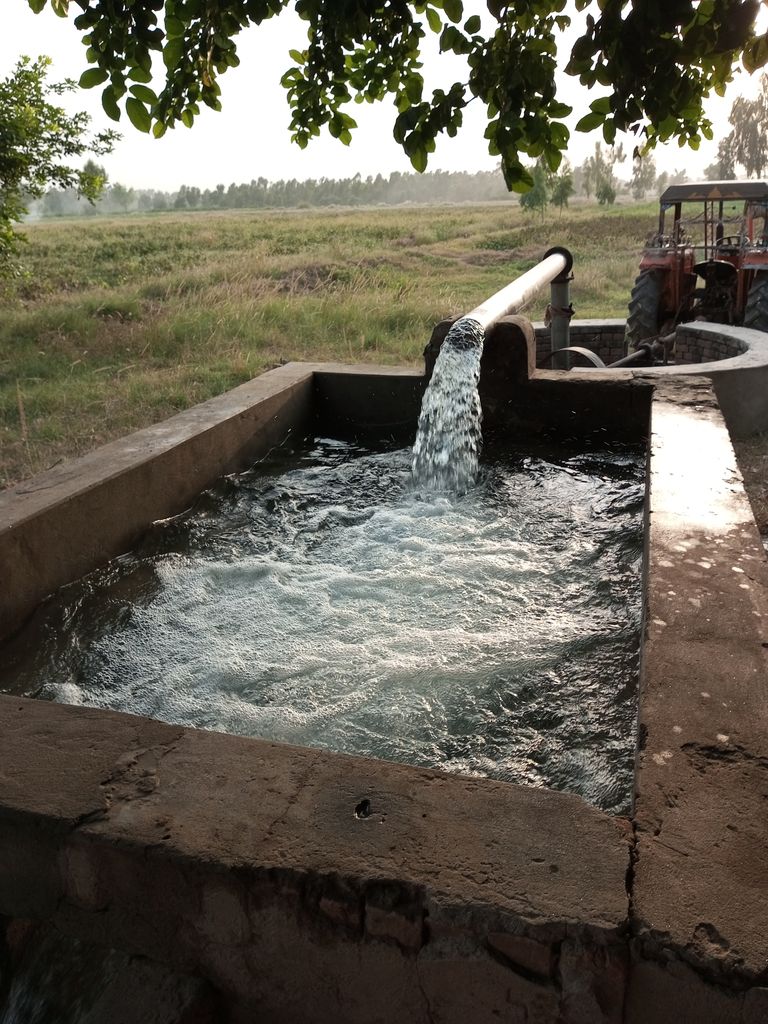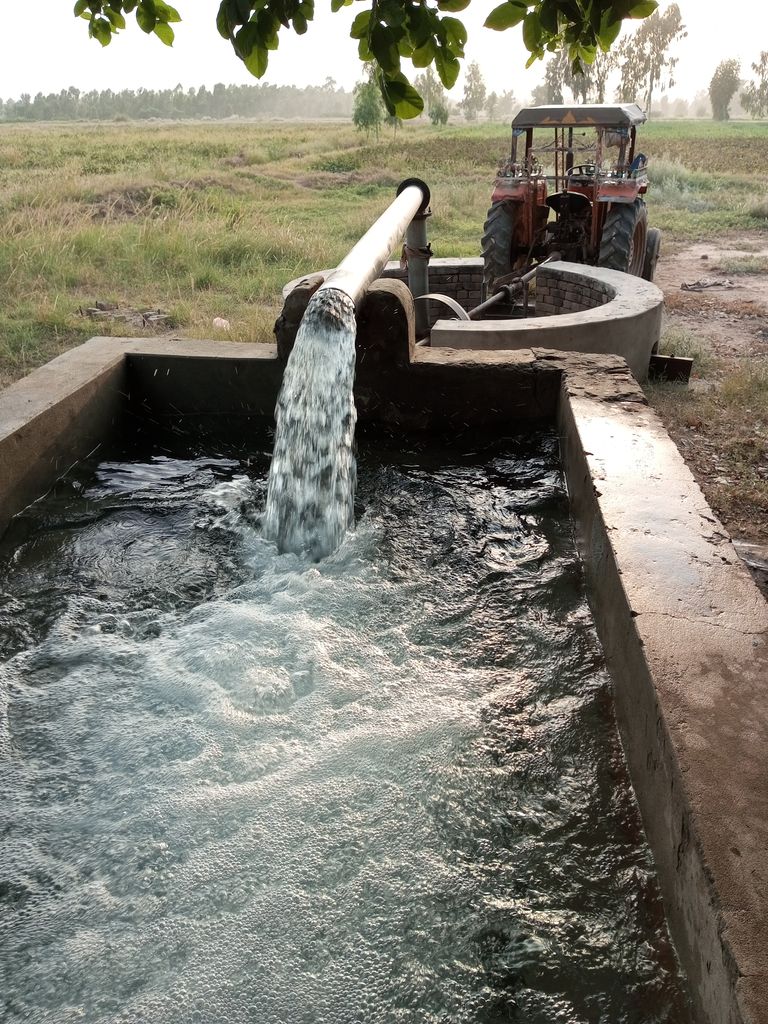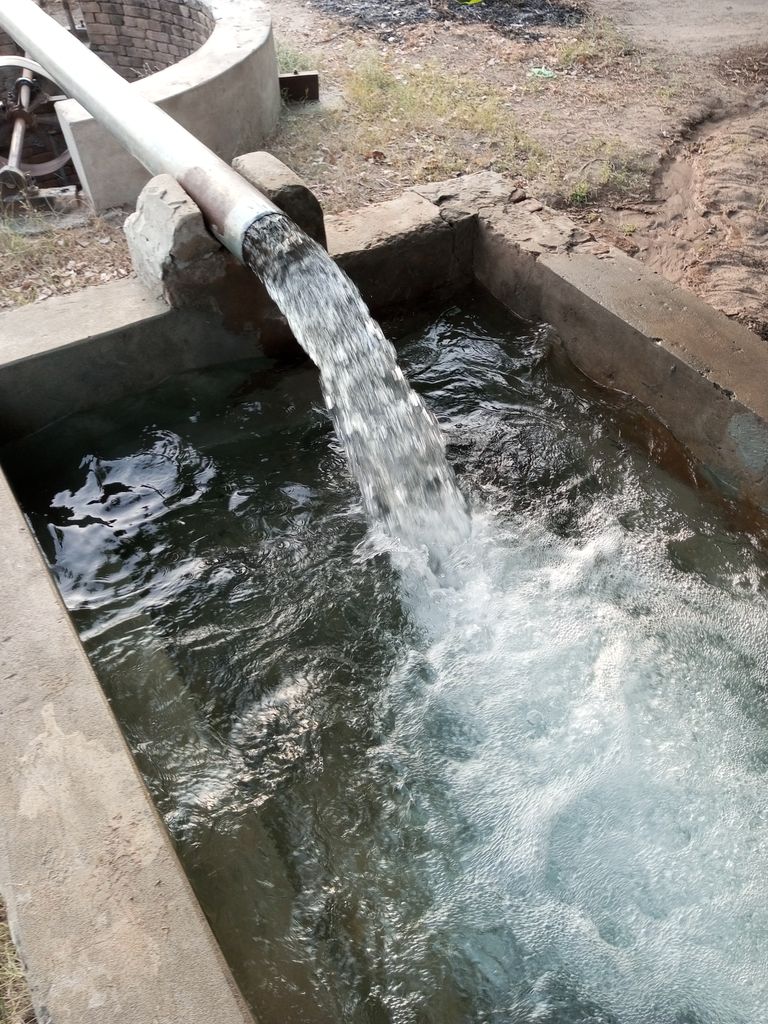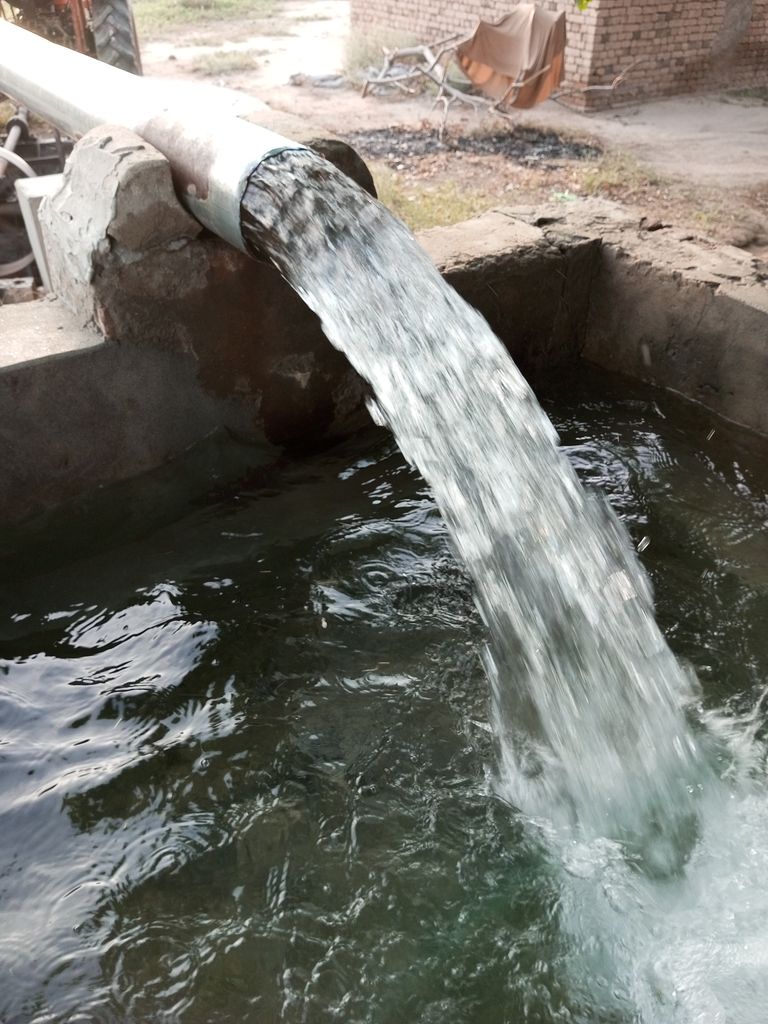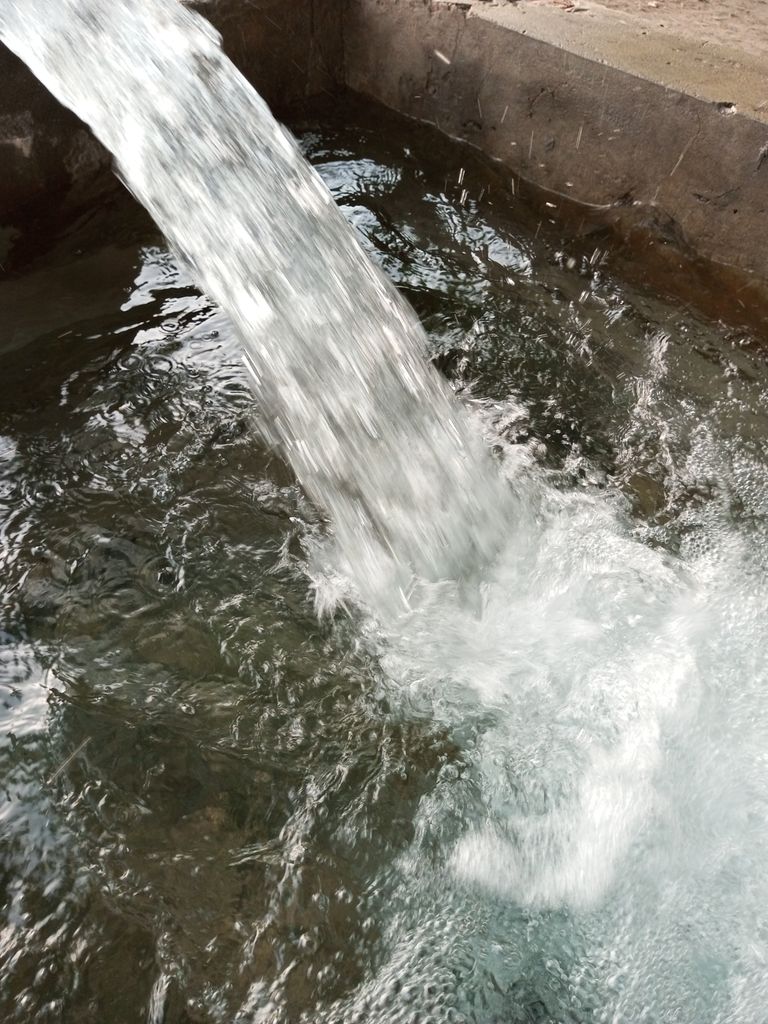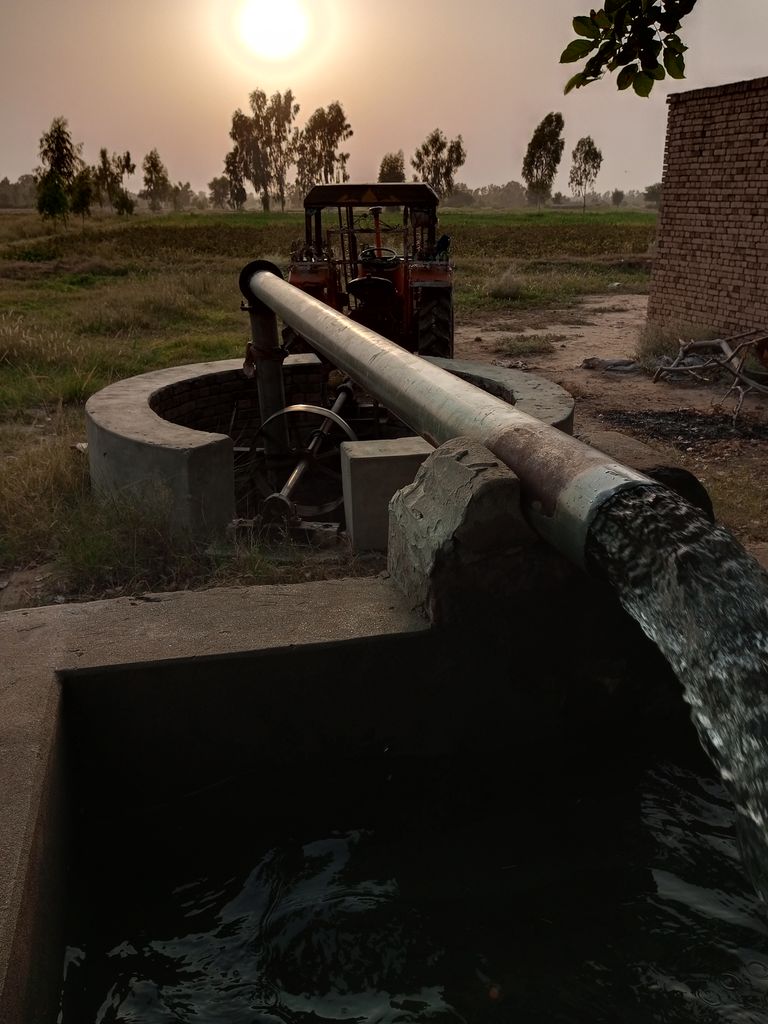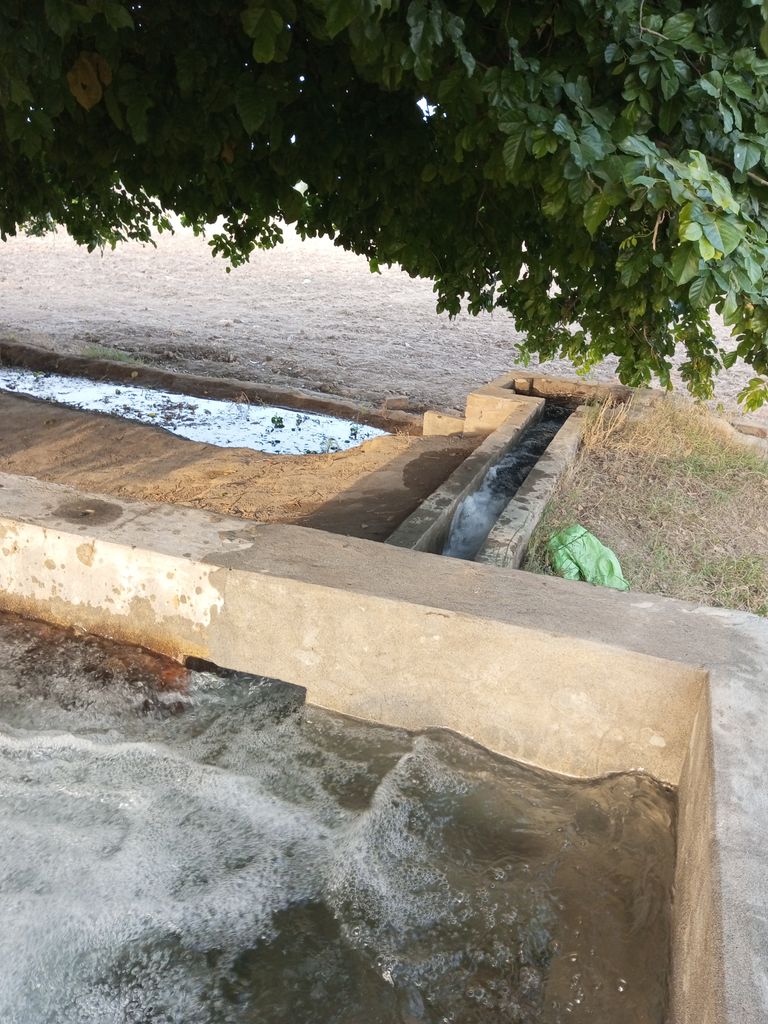Tubewell: A Boon for Agriculture
A tubewell is an essential tool for farmers to extract groundwater from the earth for irrigation purposes. It is a vertical well that is drilled into the ground using a specialized machine. The well is lined with a casing pipe, and a submersible pump is installed to draw water from the underground aquifers. Tubewells have revolutionized the agricultural sector of many countries, including India, Pakistan, and Bangladesh. In this article, we will discuss the importance of tubewells and their impact on agriculture.
Tubewells have become a lifeline for farmers in areas where rainfall is erratic or inadequate. They have made it possible to grow crops in regions that were once considered barren or unsuitable for agriculture. Tubewells have enabled farmers to irrigate their fields throughout the year, irrespective of the weather conditions. This has not only increased agricultural productivity but has also helped in the diversification of crops. Farmers can now grow multiple crops in a year, leading to higher incomes and better livelihoods.
The impact of tubewells on agriculture can be gauged from the fact that in India alone, there are over 30 million tubewells in operation, covering an area of about 60 million hectares. These tubewells provide irrigation to over 50% of India's cultivated land. Similarly, in Pakistan, tubewells irrigate about 12 million hectares of land, which accounts for almost 90% of the country's irrigated area.
Apart from improving agricultural productivity, tubewells have also helped in reducing poverty and improving food security. The availability of water throughout the year has led to an increase in the production of food crops such as rice, wheat, and maize. This has not only ensured food security for the country but has also created employment opportunities in the agricultural sector.
However, the indiscriminate use of tubewells has also led to some negative consequences. Over-extraction of groundwater has led to depletion of aquifers, resulting in a decline in the water table. This has caused many small farmers to dig deeper wells, leading to higher costs of irrigation. Moreover, the use of diesel-powered pumps to draw water from tubewells has led to air pollution and increased carbon emissions.
In conclusion, tubewells have been a boon for agriculture, particularly in areas where water is scarce. They have not only increased agricultural productivity but have also improved the livelihoods of farmers. However, the indiscriminate use of tubewells needs to be regulated to prevent over-extraction of groundwater and protect the environment. Governments and policy-makers need to devise strategies to promote sustainable use of groundwater resources and encourage the adoption of renewable energy sources for powering tubewells.
